Legionella: Do you have a risk assessment and temperature and bacteriological sample records?
Question
Check that a suitable and sufficient risk assessment of the water systems has taken place by a competent contractor and that records are available.
Reason for This Question
As an employer, or a person in control of the premises, you need to take the right precautions to reduce the risks of exposure to legionella.
Possible Answers
Red: Legionella risk assessment not in place, no records of temperature checks or bacteriological samples.
Amber: Legionella risk assessment in place, but limited or out of date records of temperature checks and bacteriological samples
Green: Legionella risk assessment in place, with up to date records of temperature checks and bacteriological samples
Common Issues
- No records
- No risk assessment
- Uncertainty of who has responsibility for control e.g. landlord, building manager, tenant
Fail Rate
44.44% of businesses failed this question based on our sample data.
How to Stay Compliant
Ensure a risk assessment is in place for legionella within your organisation. Ensure roles and responsibilities in regards to legionella are documented and any related records to system testing are kept.
Additional Information
What Is Legionella?
Legionella bacteria are found in the general environment. If the bacterium gets into water systems, for example, by being blown into open water storage tanks, they may grow and reach numbers that are high enough to cause infections to team members and anyone entering the premises.
What harm can it do?
“Legionnaires disease” is a type of pneumonia. The illness is caused by breathing the bacteria into the lungs. Not everyone who breathes in the bacteria will automatically get the illness but people who are old, very young or already ill are more at risk. The bacteria are inhaled on water droplets, from water systems that have been contaminated and where the bacteria have been able to grow.
Only breathing contaminated water is a risk, drinking it does not lead to infection. Any water system where droplets of water are created and can be breathed in must be under control. Systems that blow air through water are the biggest risk, e.g. ventilation systems that spray air through water for cooling, or air conditioning that uses water humidifiers. Any other system that can produce an aerosol such as taps can also present a (much lower) risk.
What can we do?
Legionella bacteria can be found almost everywhere. This means that controls must be used to keep dirt out of water systems and to control how bacteria can grow in the water if they do get in.
The controls include:
- Holding cold water below 20°C and hot water above 50°C (at this temperature water will be too hot to handle so mixing taps will generally be used).
- Keeping systems free of sludge, rust, lime scale, algae and any organic matter, as bacteria can grow on this.
- Covering possible entry points, by having tight fitting covers on water storage tanks and cisterns.
Our Solutions
A DDS International health and safety manual will include a legionella section which will define the arrangements and responsibilities within your organisation in which the contents are designed; as a minimum standard, to comply with the requirements of:
- The Health and Safety at Work etc. Act 1974
- The Management of Health and Safety Regulations 1999
- The Control of Substances Hazardous to Health Regulations 2002
- International standard for health and safety excellence ISO 45001
Risk assessments can also be completed and stored electronically on the PYRAMID Risk Management System and reviewed periodically along with the capability to upload and save related documents for future reference. The legionella risk assessment will include:
- Overview of the legionella risk assessment
- Risk Assessment Matrix, showing Risk Analysis No Action Taken and Risk Analysis With Action Taken.
- What the hazards are
- Who might be harmed
- How they might be harmed
- What action is already being taken
- Comments
- Recommendations
- Remedial actions taken
Health and safety manuals are available as part of our Health and Safety Management System packages.
This post is part of the “Focus on Health and Safety Audit Questions” series.

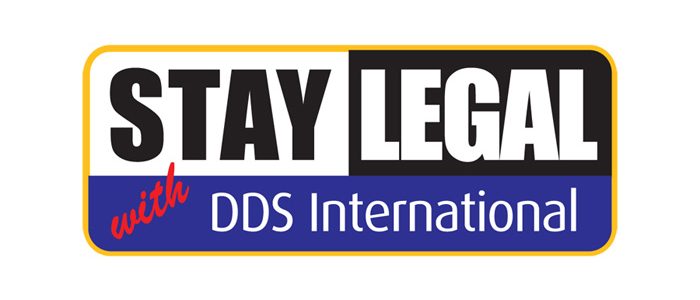
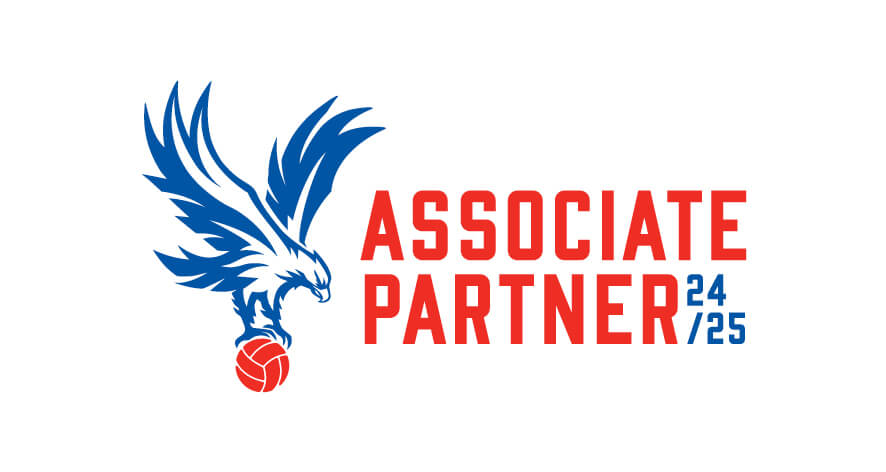
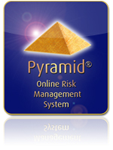


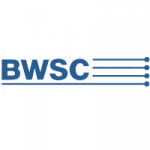



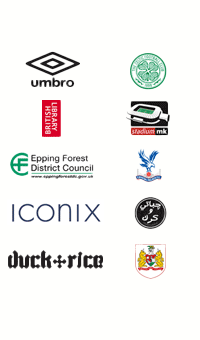
Comments are closed.